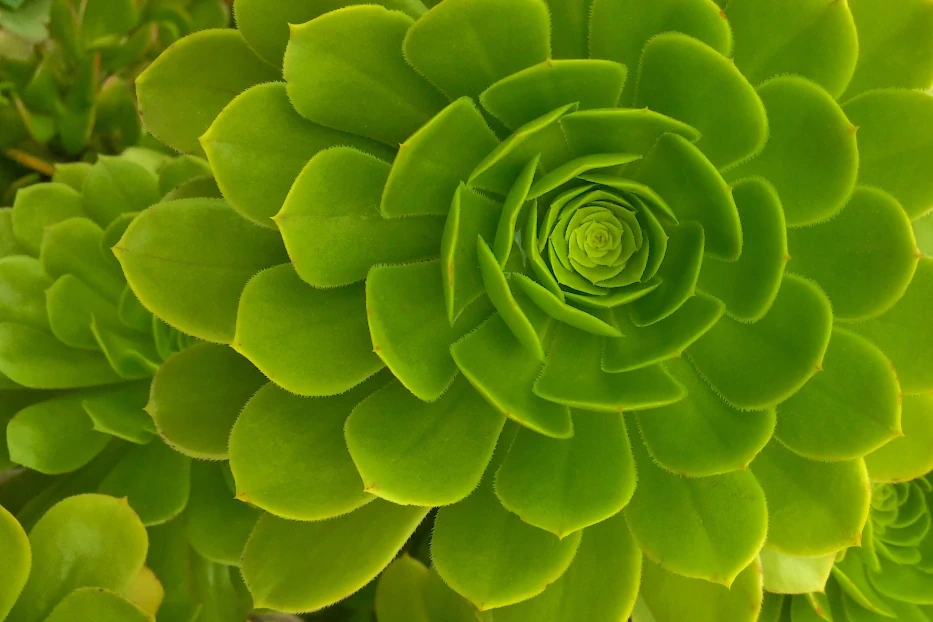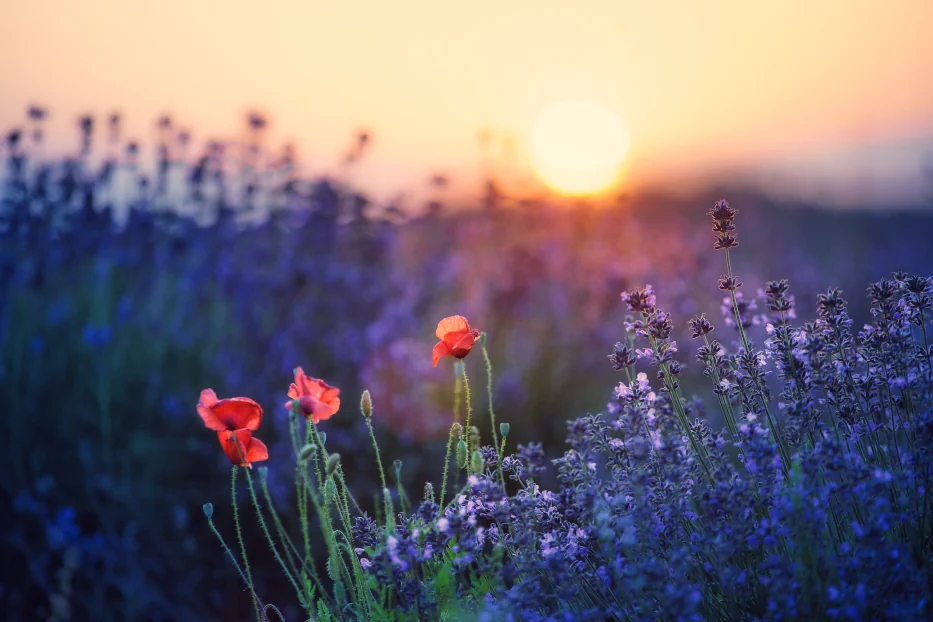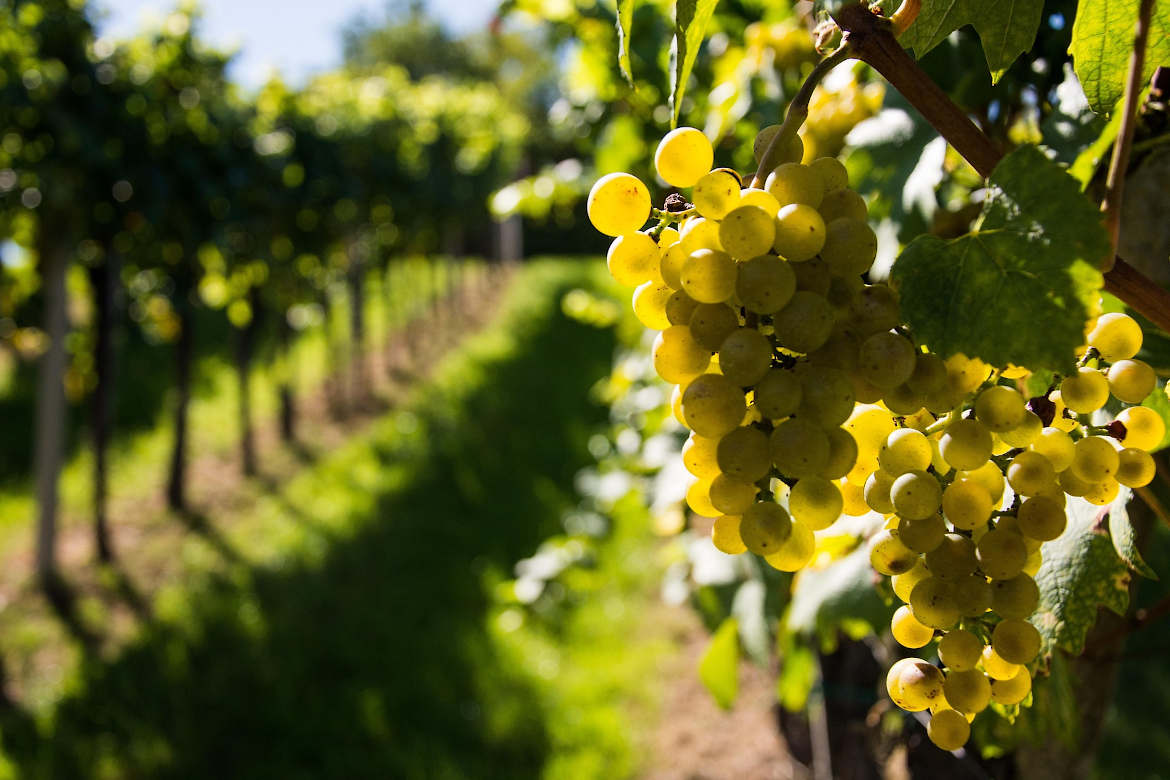Mallorca is a true paradise for nature enthusiasts, featuring diverse ecosystems that range from stunning Mediterranean forests to serene coastal wetlands, majestic mountains, and vibrant agricultural landscapes. This Spanish island invites every nature lover to experience its breathtaking beauty.
Table of Contents
Botanical Gardens and Arboretums
Jardí Botànic de Sóller
Located in the beautiful Valley of Sóller, this botanical garden focuses on the native flora of Mallorca and the Balearic Islands. It’s a peaceful place to explore Mediterranean plants, aromatic herbs, and local tree species. The garden is also home to a collection of endemic plants that are unique to the island.
Jardí de Alfabia
Situated in Bunyola, this historic garden is located at the foot of the Tramuntana Mountains and features lush vegetation, centuries-old trees, fountains, and Moorish-style landscaping. It’s an idyllic spot for nature lovers and offers both historical charm and natural beauty.
Botanicactus
Located in Ses Salines, Botanicactus is one of the largest botanical gardens in the Balearic Islands, with a collection of over 1,600 species of cactus and succulent plants. The garden is beautifully designed and offers a wide variety of plants from deserts around the world, making it a unique experience for plant enthusiasts.

Nature Reserves and Protected Areas
Mallorca is home to many natural parks and protected areas where nature enthusiasts can explore unspoiled landscapes and see unique flora.
Parc Natural de s’Albufera de Mallorca
This is Mallorca’s largest wetland reserve, located in the north of the island near Alcúdia. The park is a haven for birdwatchers, but it’s also home to a diverse range of plants, including marshland species and reed beds. Visitors can walk along the network of paths and boardwalks, which take you through the different habitats of the park.
Parc Natural de la Serra de Tramuntana
This UNESCO World Heritage mountain range offers more than just stunning vistas—it’s also a biodiversity hotspot. The area is home to a variety of endemic plant species, such as the Mallorca Rockrose (Helianthemum balearicum) and Tramuntana Violet (Viola jaubertiana). Hiking through the mountains gives you the chance to witness Mediterranean scrublands, pine forests, and beautiful terraced fields filled with wildflowers.
Parc Natural de Sa Dragonera
This small island nature reserve is just off the southwest coast of Mallorca, and it’s known for its rare plants and untouched landscapes. The island is a great spot for hiking, and visitors can explore its unique flora, including maritime plants and wild herbs.
Wildflower and Herb Hunting
Mallorca is rich in wildflowers, especially in the spring, when the island’s landscapes come alive with color.
Spring Wildflowers
From February to April, the island’s fields and hills are covered in beautiful wildflowers, including varieties of orchids, poppies, anemones, and daisies. Cala d’Or, Alcúdia, and Sineu are particularly known for their vibrant wildflower meadows. Almond blossoms in early February also mark the unofficial start of flower season.
Herb Collecting and Foraging
If you’re into wild foraging, Mallorca is an excellent place to gather herbs like rosemary, thyme, lavender, fennel, and even wild garlic, all of which grow abundantly on the island. For those interested in edible plants, guided foraging tours are available that teach the traditional uses of herbs and wild plants on the island. However, be aware that picking plants in protected areas is often restricted. Guided tours help avoid any trouble.

Cultural Gardens and Agricultural Traditions
The island also has a rich agricultural history, with local farms and gardens that showcase traditional farming practices and plant cultivation.
Finca Sa Cova Vella
Located in the Manacor valley, this traditional Mallorcan farm offers tours where visitors can learn about the island’s farming techniques, including olive oil production, almond farming, and fruit-growing. The surrounding landscape is dotted with fruit trees, olive groves, and traditional dry-stone terraces, giving visitors an authentic experience of Mallorca’s agricultural traditions.

Wine Tours on the Spanish Canary Islands
Discover some of the best wine tours in the Spanish Canary Islands, where every glass reflects the unique landscape and each visit provides an unforgettable experience.
Vineyards in Binissalem
The Binissalem region is famous for its wine production, and a visit to one of the local vineyards provides insight into the island’s centuries-old winemaking traditions. Many vineyards (like José L. Ferrer or Bodega Ribas) offer tours where you can see the vines, learn about the winemaking process, and taste local wines. It’s also the name of a D.O. (Denominación de Origen) wine classification region.
Agricultural Shows and Markets
The Fira de la Terra in Pollença (usually held in spring) is a fantastic event where you can explore local agricultural traditions, ranging from organic farming to artisan food production. You can also visit weekly markets in towns like Sineu (Wednesdays), Santa Maria (Sundays), and Alcúdia (Tuesdays and Sundays) to buy local herbs, seasonal fruits, honey, handmade soaps, and potted plants.
Hiking Trails and Nature Walks
Hiking is one of the best ways to experience Mallorca’s natural beauty and connect with its plant life.
GR-221 (The Dry Stone Route)
This famous hiking route passes through the Serra de Tramuntana, a UNESCO World Heritage Site, with some of the island’s most beautiful and diverse landscapes, from Mediterranean pine forests and ancient olive groves to rocky slopes and terraced fields. Along the way, you’ll encounter a variety of native plants, such as cork oaks, carob trees, and wild lavender.
Penyal d’Honor Trail (Bunyola)
This scenic circular route near the town of Bunyola takes hikers through fragrant holly oak forests, shaded trails, and open viewpoints overlooking the central plains of Mallorca. The path winds through traditional Mallorcan scrubland, where you’ll find native plants like juniper, rosemary, wild thyme, and seasonal wildflowers. The climb to the Penyal d’Honor summit rewards you with panoramic views and a peaceful picnic spot surrounded by nature.
Planning Your Visit to Mallorca
For plant and nature enthusiasts, the best time to visit Mallorca is from April to June, when the island’s wildflowers are in full bloom and the weather is perfect for outdoor activities. To deepen your experience, consider joining a local nature guide—many tours offer expert insights into Mallorca’s native plants, herbs, and ongoing conservation efforts.
